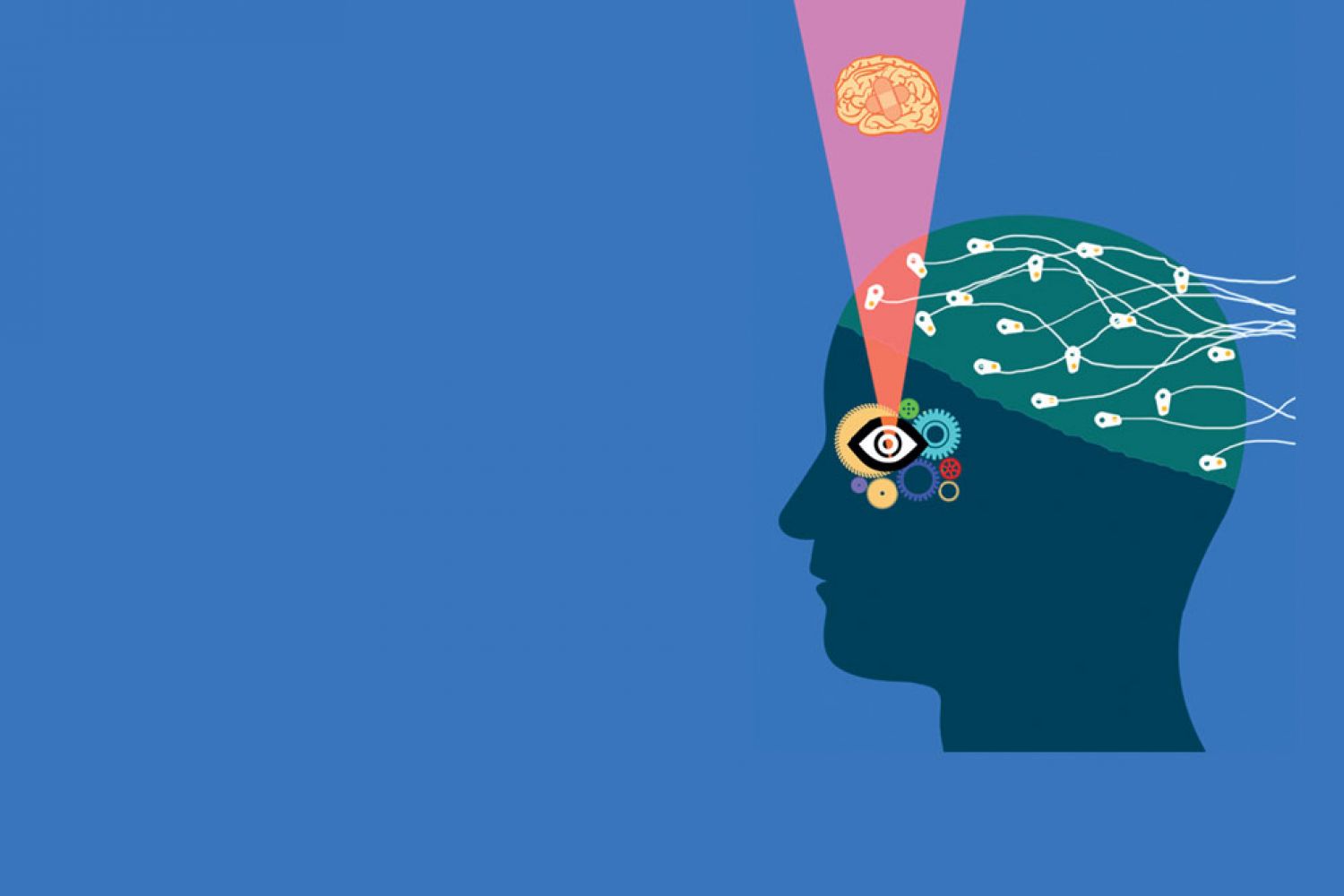
Imove
objects on a computer screen by thought alone. It rotates when I want it to. I
don’t even have to look at it directly. In life sometimes the Force can be
within you. You can be the Jedi Knight capable of astonishing feats. Your mind
can move things on a screen, your brain waves will follow your command, and for
a few seconds you can feel like the master of universe. The trick is to pay
attention to the task at hand—an impulse that drives the brain in ways
scientists still don’t





